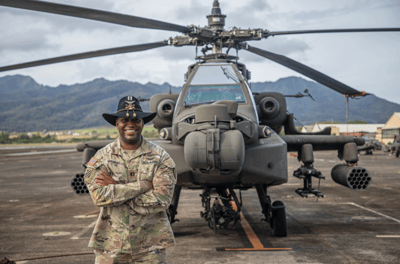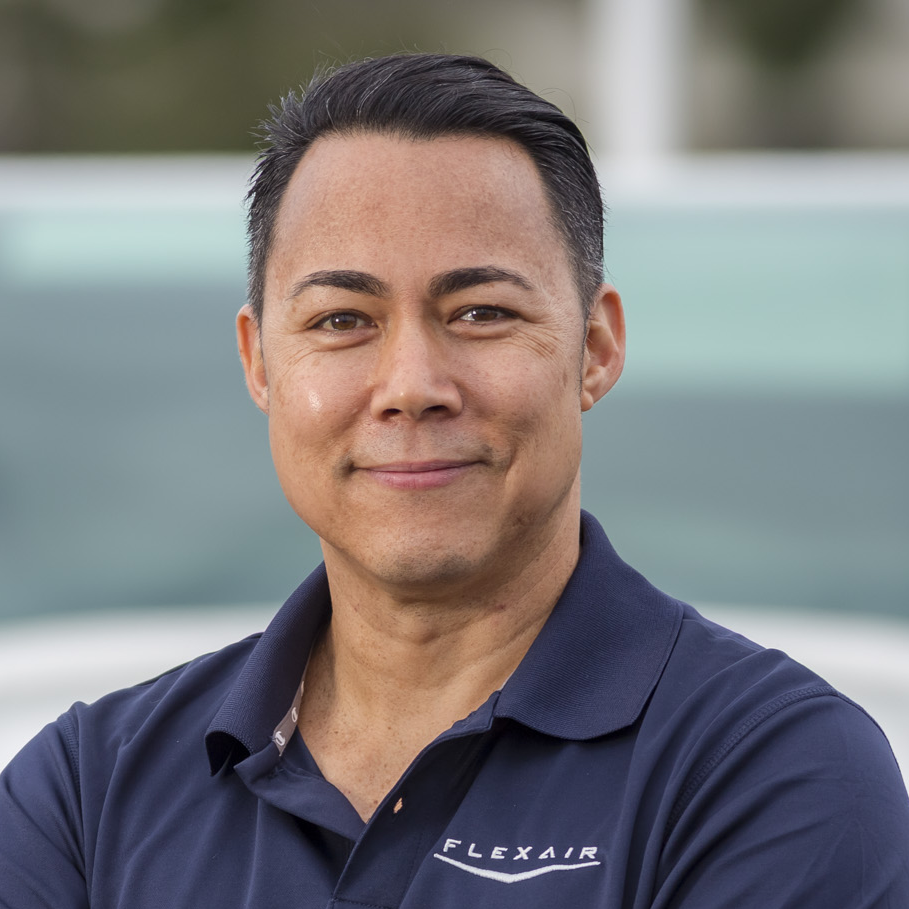Helicopter pilots are a unique breed of aviators, with a different set of skills and qualifications than their airline counterparts. However, many helicopter pilots may aspire to eventually transition to the world of commercial airline flying. This is where a rotor transition program comes into play.

A rotor transition program is a training program that is specifically designed to take experienced helicopter pilots and provide them with the necessary skills and qualifications to become commercial airline pilots. These programs can vary in length and content, but typically include a combination of ground school, flight training, and simulator time. Most Rotor Transition Programs for Army helicopter pilots can be completed in 6 months. For Navy, Marine Corps, Coast Guard, and Air Force pilots, the duration is 3 months or less.
The ground school portion of the program is designed to provide pilots with a comprehensive understanding of the systems and procedures used in commercial airline operations. This includes topics such as navigation, meteorology, aircraft systems, and flight planning. The flight training portion of the program is where pilots will actually fly an aircraft, typically a single or twin-engine propeller plane, in order to gain experience in the handling and performance of these types of aircraft. This is critical, as helicopter pilots are used to flying aircraft with completely different characteristics than those used in commercial airline operations. Overall, any Rotor Transition Program needs to build a helicopter pilot's time to meet these minimum Restricted ATP (R-ATP) requirements:
- 750 hours total time
- 250 hours fixed-wing PIC
- Multi-engine w/Instrument privileges
Finally, the simulator portion of the program is where pilots will have the opportunity to practice and hone their skills in a simulated airline environment. This includes things like instrument approaches, emergency procedures, and communication with air traffic control. The simulator portion of the program is crucial, as it allows pilots to experience and practice the types of scenarios they will encounter in commercial airline operations without the risk of a real-life emergency. Importantly, all regional airline, corporate, and charter operators offer simulator training as part of their type certification training upon receipt of a Conditional Job Offer (CJO). Helicopter pilots are not required to pay for this advanced simulator training on their own. Only basic R-ATP minimums are required.
Even better, what if you could draw full active-duty pay and benefits during your RTP syllabus? This is available to any military aviator through the Flex Air SkillBridge program.
Overall, rotor transition programs are an essential step for helicopter pilots looking to make the transition to commercial airline flying. These programs provide pilots with the necessary skills and qualifications to make the transition, while also allowing them to gain experience and practice in a simulated airline environment. With the right training and experience, helicopter pilots can achieve their dream of becoming commercial airline pilots and take to the skies in a whole new way.

